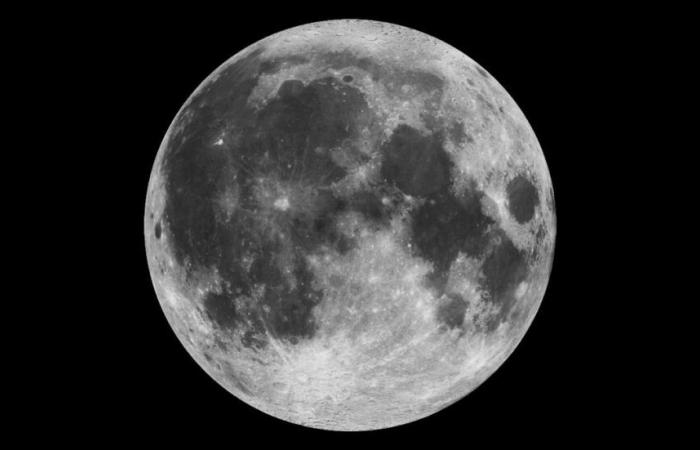China uses an innovative method to rescue satellites sent to the moon
The Technology and Engineering Center for the use of China space (CSU) has developed an innovative strategy to recover two satellites that failed to reach the desired orbit around the moon after its launch in March 2024. The satellites, called Dro-A and Dro-B, were thrown through a Long March-2C rocket with the purpose of establishing a navigation and monitoring system for spacecraft between the space between the land between the earth. However, a technical problem in the upper stage of the rocket, the Yuanzheng-1S, prevented the satellites from reaching their planned career, which led the CSU to lose contact with them.
After locating the satellites, which were in an orbit closer to the land of the expected, the CSU team was divided into two groups to address the situation. While one of the teams was responsible for remotely controlling satellites to reduce their rotation, the other focused on calculating the most effective path to bringing satellites to their correct orbit. Due to partial damage suffered by satellites during launch, their ability to capture sunlight and generate energy was limited, which forced the team to devise an alternative solution.
Finally, it was chosen to use a gravitational “slopes”, taking advantage of the severity of the earth, the moon and the sun to redirect satellites towards their destination. This ingenious method allowed to carry out the maneuver in a period of 123 days, which demonstrates an approach that prioritizes energy efficiency on speed. This rescue operation concluded in mid-July 2024, and the Dro-A and Dro-B satellites now successfully orbit the moon, working together with a third satellite, the Dro-L, which had previously been released to the low terrestrial orbit. With this new configuration, the satellites will act as headlights in space, allowing to locate spacecraft in a significantly reduced time.






